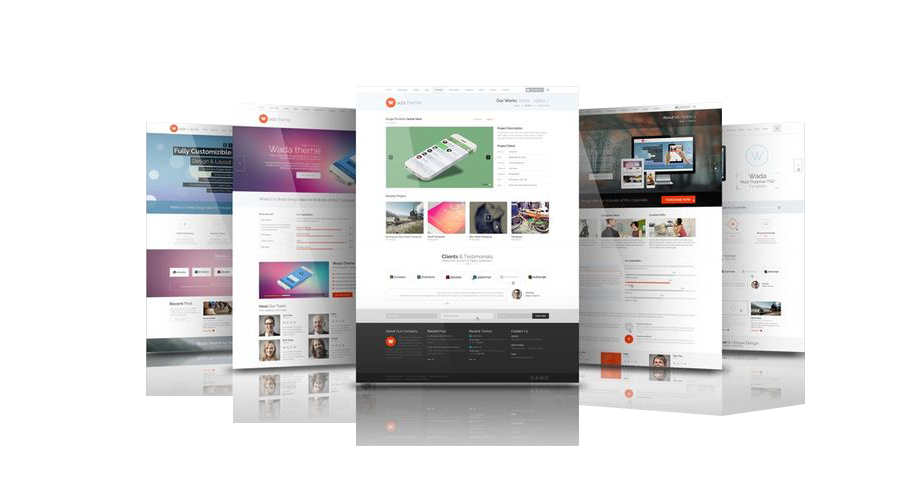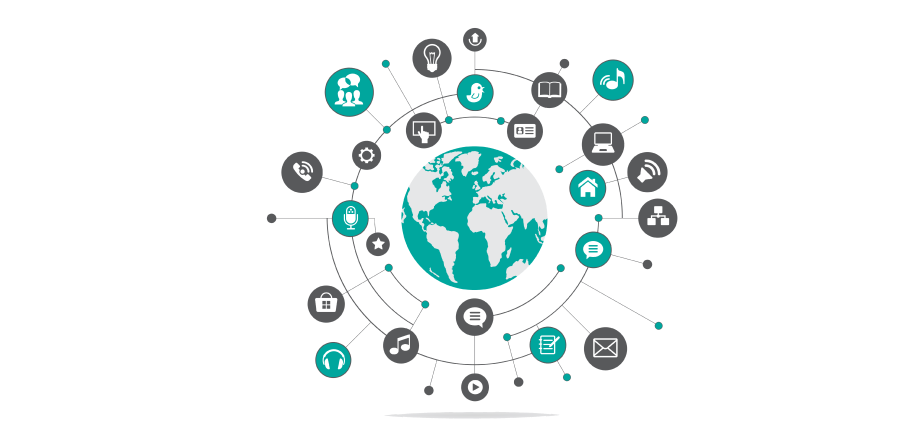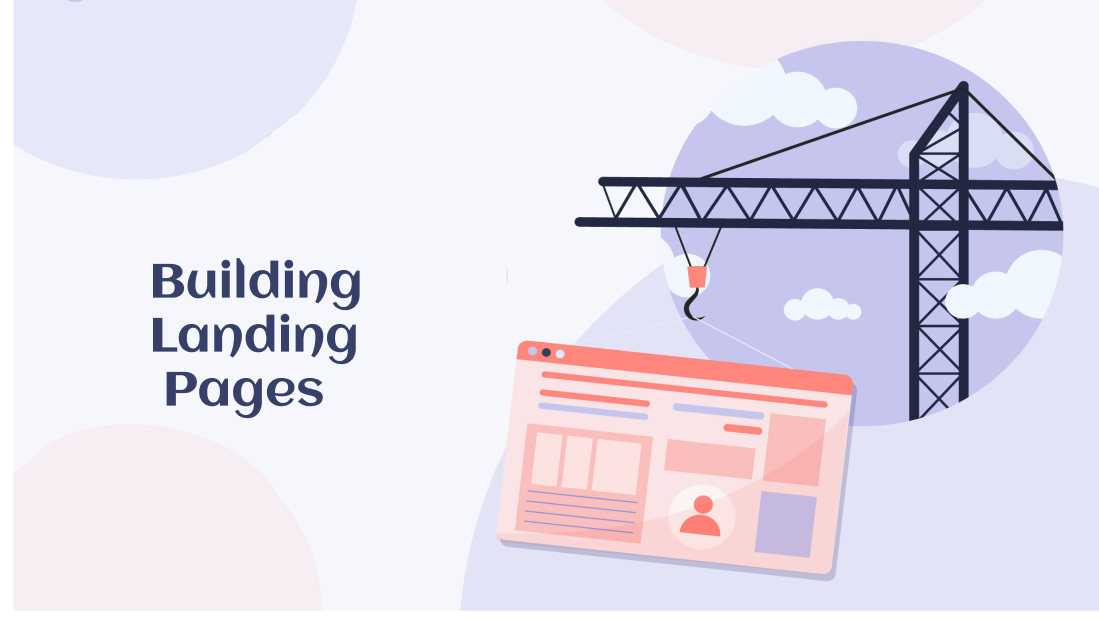Introduction to Landing Pages
landing page is a standalone web page designed for a specific marketing or advertising campaign. Its purpose is to convert visitors into leads or customers by providing a clear value proposition and a compelling call-to-action. A landing page is often used in conjunction with a paid advertising campaign, such as Google Ads or Facebook Ads, and is designed to be highly targeted and focused on a single objective. The objective could be to encourage visitors to download an ebook, sign up for a newsletter, or purchase a product. A successful landing page should have a clean design, persuasive copy, and a clear and compelling call-to-action that encourages visitors to take the desired action.
Importance of High-Converting Landing Pages
High-converting landing pages are essential for any marketing or advertising campaign because they can significantly increase the chances of converting visitors into leads or customers. Here are a few reasons why high-converting landing pages are important:
1 - Improve conversion rates:Landing pages are highly focused and targeted, making them effective at converting visitors into leads or customers.
2 - Increase ROI: High-converting landing pages can increase the ROI of your advertising campaigns, resulting in higher profits.
3 - Collect valuable data: Landing pages can collect valuable data about your audience to help you improve your marketing strategies.
4 - Enhance user experience: Well-designed landing pages provide a better user experience than a regular website.
5 - They offer valuable insights: The insights gained from tracking the performance of landing pages can help you optimize your marketing campaigns and grow your business.
Understanding Landing Page Design

Landing page design refers to the process of creating a web page that is specifically designed to convert visitors into customers or leads. A well-designed landing page should have a clear and concise message that focuses on a single goal. Here are some key elements of landing page design:
1 - Headline: The headline should be attention-grabbing and communicate the value proposition clearly.
2 - Call-to-action (CTA):The CTA should be prominent and stand out on the page.
3 - Visuals:High-quality and relevant images or videos can make the landing page more engaging.
4 - Form: A simple form should be included if the goal is to generate leads.
5 - Navigation: The landing page should have minimal navigation links to focus on guiding visitors towards the desired action.
Overall, landing page design is all about creating a user-friendly and visually appealing page that is optimized for conversion.
Crafting a Compelling Headline
Crafting a compelling headline is crucial for any landing page or marketing campaign. Here are some tips for creating a headline that grabs attention and motivates visitors to take action:
- Be clear and specific: Communicate the main benefit or value proposition of the product or service.
- Use persuasive language: Use strong language that creates a sense of urgency or excitement.
- Keep it short and simple: A good headline should be concise and easy to understand.
- Focus on the customer: The headline should focus on the customer's needs and desires.
- Test and optimize: Test different headlines and make changes based on the results.
Overall, a compelling headline should be clear, specific, persuasive, and customer-focused. By following these tips, you can create a headline that grabs attention and motivates visitors to take action.
Writing Persuasive Copy for Landing Pages
Persuasive copywriting for landing pages is all about convincing visitors to take action, whether it's making a purchase, signing up for a newsletter, or downloading a resource. To create persuasive copy, you need to know your audience and understand their needs and preferences. Focus on the benefits of your product or service and use strong headlines to grab attention. Keep your copy concise and easy to skim, and use social proof to build trust with potential customers. Include a clear call-to-action that tells visitors what you want them to do next, and test and optimize your landing page to maximize conversions. By following these tips, you can create landing page copy that is effective in driving conversions and achieving your marketing goals.
Choosing the Right Visuals for Your Landing Page

Choosing the right visuals for your landing page is important for engaging visitors and conveying your message effectively. Here are some tips for selecting visuals that work:
1 - Use high-quality images: Professional, high-quality images enhance the overall look and feel of your landing page.
2 - Use visuals that align with your message: Choose visuals that align with your message and value proposition.
3 - Show the product or service in action: Use visuals that show your product or service in action to help visitors understand its benefits.
4 - Use videos:Videos can convey complex information and engage visitors.
5 - Use graphics and icons: Graphics and icons can break up text, make the page more visually appealing, and communicate information quickly.
Overall, choosing the right visuals for your landing page requires careful consideration of your message, your audience, and your goals. By using high-quality images, aligning visuals with your message, showing products in action, using videos, and incorporating graphics and icons, you can create a visually compelling landing page that engages visitors and drives conversions.
Building Credibility with Social Proof

Building credibility through social proof is crucial to establishing trust and persuading visitors to take action on your landing page. There are several effective ways to incorporate social proof into your landing page design:
- Customer reviews: Display reviews and ratings to build trust.
- Testimonials: Use satisfied customer testimonials to show effectiveness. Add customer name and photo for credibility.
- Trust badges: Display reputable security certifications to assure visitors of safety.
- Case studies: Use success stories to show how product/service helps overcome challenges or achieve goals.
- Social media: Showcase social media posts or influencer endorsements for social proof.
Incorporating social proof into your landing page design can help build credibility with visitors and increase the likelihood of conversion. By leveraging customer reviews, testimonials, trust badges, case studies, and social media, you can establish trust and demonstrate the value of your brand.
Optimizing Landing Pages for Mobile Devices
Landing pages play a critical role in the success of any online marketing campaign. When it comes to PPC advertising, landing pages are essential for converting clicks into leads or sales. However, simply creating a landing page isn't enough. To maximize your conversion rate, you need to optimize your landing page to ensure that it's engaging, informative, and persuasive. By incorporating best practices such as crafting a compelling headline, writing persuasive copy, choosing the right visuals, and building credibility through social proof, you can create a landing page that converts.
In addition to these best practices, it's also essential to optimize your landing page for mobile devices. With more and more people accessing the internet on their smartphones and tablets, having a mobile-friendly landing page is crucial for ensuring that you're reaching your target audience. By using responsive design, simplifying navigation, keeping it simple, using mobile-friendly forms, and optimizing for speed, you can create a mobile-friendly landing page that engages and converts visitors. Overall, by incorporating best practices and optimizing your landing page for mobile devices, you can create a landing page that maximizes your conversion rate and helps you achieve your marketing goals.
Testing and Iterating to Improve Conversion Rates
Testing and iterating are essential for improving conversion rates on your landing page. Here are some key points to keep in mind:
1 - Conduct A/B testing: Test different versions of your landing page to see which one performs better.
2 - Focus on one variable at a time: Test one element at a time to isolate the impact of that variable on your conversion rate.
3 - Analyze data: Use analytics tools to analyze your data and gain insights into visitor behavior.
4 - Make data-driven decisions:Use the insights you gain from testing and analysis to make data-driven decisions about your landing page design.
5 - Iterate and optimize: Use the results of your testing and analysis to make iterative improvements to your landing page, optimizing it over time for maximum conversion rates.
By testing and iterating, you can continually improve your landing page's performance and maximize your conversion rates, ultimately helping you achieve your marketing goals.
Tracking and Measuring Landing Page Performance
Tracking and measuring the performance of your landing page is crucial for understanding how your visitors interact with your page and optimizing it for better results. By setting up tracking using tools like Google Analytics, you can collect data on page views, bounce rates, and other important lead metrics that indicate how well your page is performing.
Next, it's important to identify key performance indicators (KPIs) that align with your marketing goals. These may include metrics such as conversion rates, click-through rates, and time spent on page. By focusing on KPIs, you can gain a better understanding of how successful your landing page is in achieving your desired outcomes.
Once you have collected data and identified KPIs, it's important to analyze the data to gain insights into visitor behavior. This can help you identify areas for improvement and make data-driven decisions about how to optimize your landing page for better results. By continually monitoring your landing page's performance and making adjustments as needed, you can improve your conversion rates over time and achieve your marketing goals.
Conclusion:
In conclusion, a landing page builder can be a valuable tool for creating effective landing pages that convert visitors into customers. By following best practices for landing page design, writing persuasive copy, choosing the right visuals, and building credibility with social proof, you can optimize your website for maximum conversions. Additionally, testing, iterating, and tracking your landing page's performance are crucial for continually improving its effectiveness. With a landing page builder and a focus on best practices, you can create landing pages that drive results for your business.





